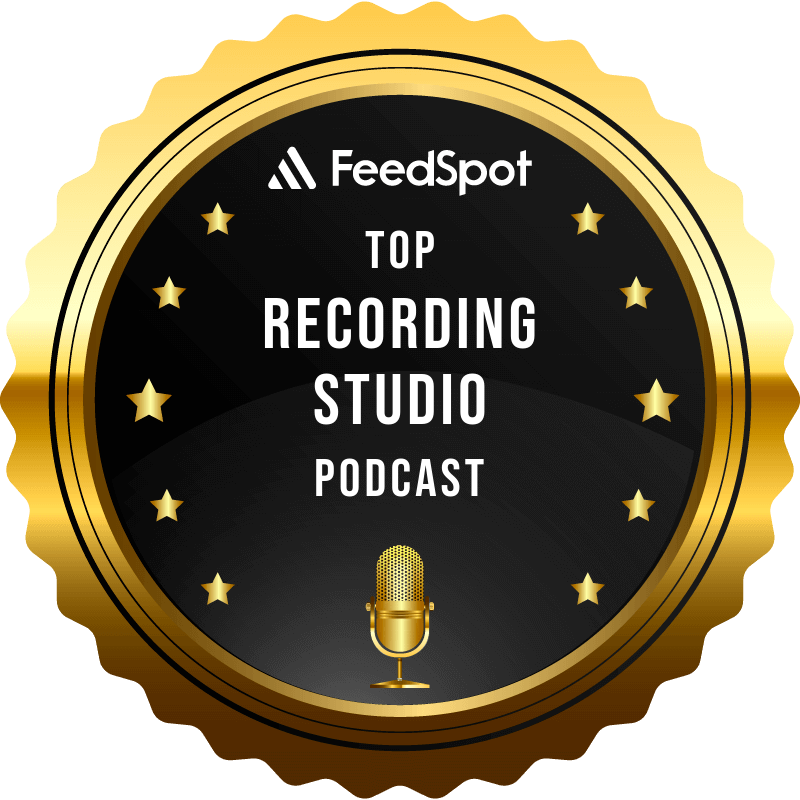Studio Checklist for Musicians, Artists, and Bands
Every musician dreams of stepping into a studio, but the reality is often more stressful than glamorous. What should you bring? What should you avoid? How do you find the right studio fit—and how can you make sure the people on the other side of the glass can do their best work for you?
In this episode of Inside the Recording Studio, Chris and Jody cross over to the artist’s side and lay out a studio checklist for musicians, artists, and bands preparing to record. Whether it’s your first time in a professional studio or you’ve booked dozens of sessions, these tips will help you walk in prepared and walk out with better results.
Do’s and Don’ts Before You Hit Record
Chris and Jody dig into the must-do’s like practicing your material until it’s second nature, making sure your instruments are in good repair (strings, drum heads, cables—don’t forget them!), and arriving on time with realistic expectations. They also highlight the don’ts, like showing up with half-written songs, expecting the engineer to “fix it in the mix,” or failing to communicate your vision clearly.
How This Helps Everyone
This checklist isn’t just for musicians—it’s also for studio owners and engineers. By knowing what artists need to prepare, studios can better serve their clients and build trust. A prepared artist means smoother sessions, fewer delays, and ultimately a more professional final product.
Real-World Stories
To keep it lively, Chris and Jody share a few personal examples—moments when artists nailed their prep and sessions flew by, and other times when poor planning led to chaos (and more coffee than anyone should drink in a day). As always, there’s plenty of humor and a little nonsense sprinkled in to keep the conversation fun.
Why Preparation Matters
By the end of the episode, listeners will see that walking into a studio isn’t just about talent—it’s about preparation, respect for the process, and being ready to collaborate. With the right mindset and a simple checklist, you’ll get more out of your time in the studio, and your recordings will thank you for it.
******************************
Gear we used:
Jody’s Mic & Voice Chain: Telefunken C12 – Groove Tubes Vipre – Apollo – UA Neve 1073 – UA LA2A – UA Studer A800
Jody’s Channel Strip: iZotope RX Spectral DeNoise – iZotope RX Mouth DeClick – UA Neve 1073 – UA LA2A – UA 1176E
Chris’ Mic & Voice Chain: Slate ML1 – Apollo – UA – Slate VMR (FG12, FG73, API Eq, SSL 4kE) – iZotope RX Voice – DeNoise
Chris’ Channel Strip: Eventide Precision Time Align – iZotope RX Spectral DeNoise – iZotope RX Mouth DeClick – UA Neve 1073 – UA LA2A – UA 1176E
Master: Oek Sound Soothe 2 – iZotope Ozone Imager – iZotope Ozone Maximize.
******************************
If you want to collaborate, sponsor a podcast, donate, or want us to review your product – contact us at: collaborate@insidetherecordingstudio.com


